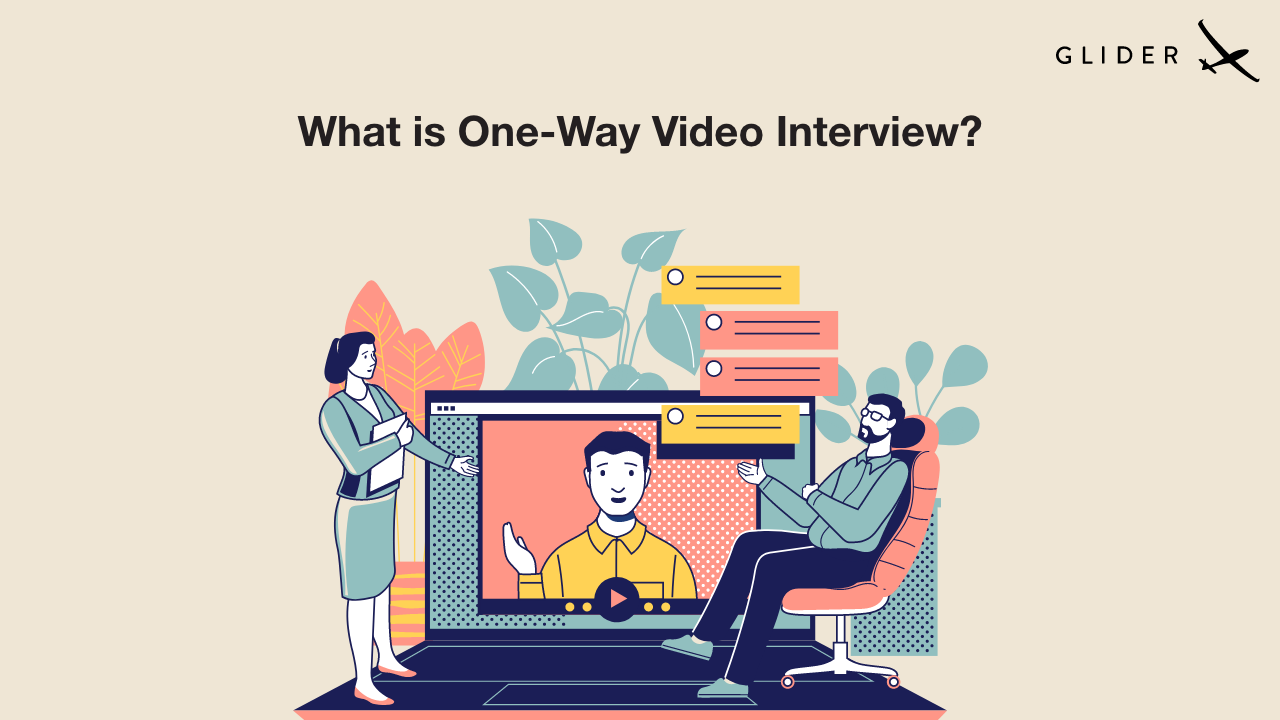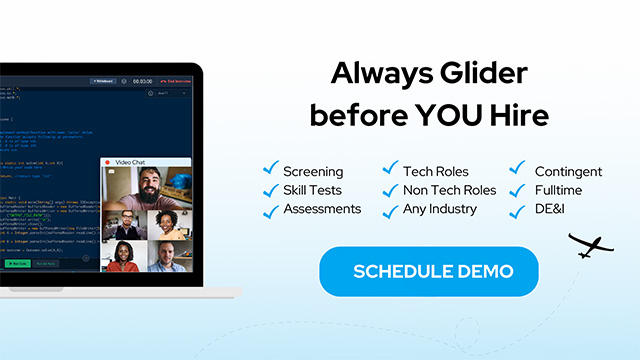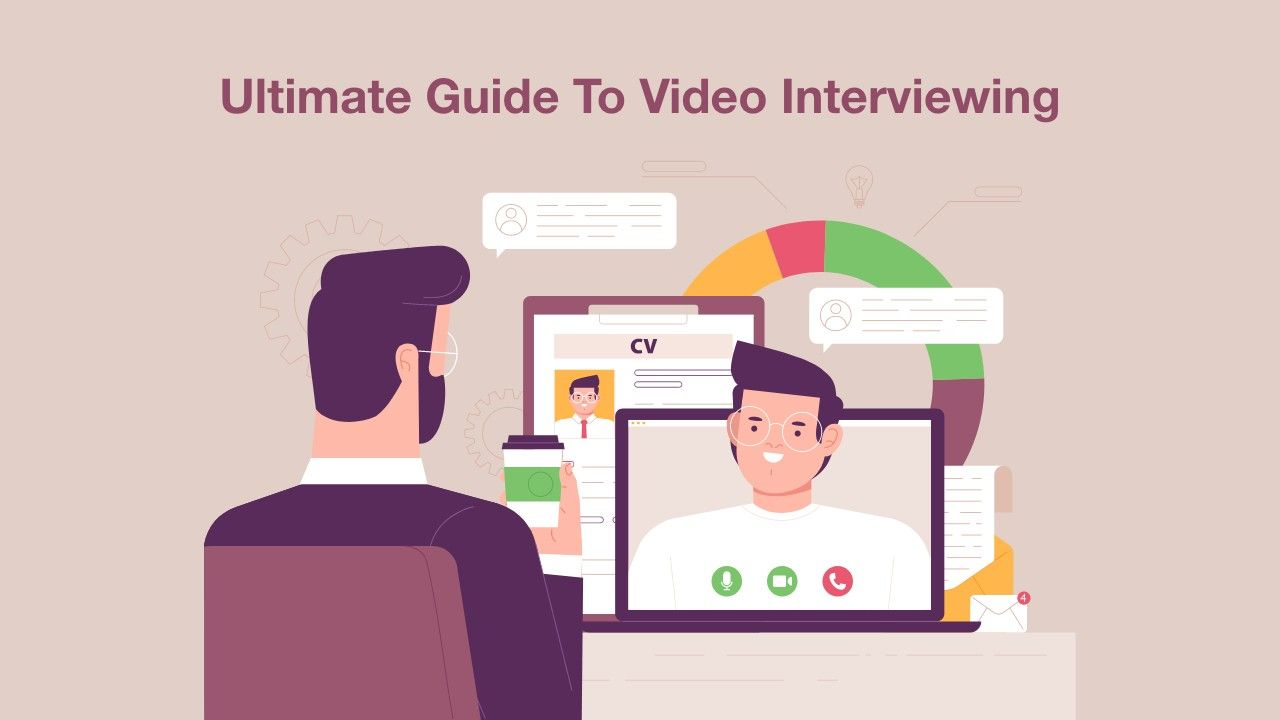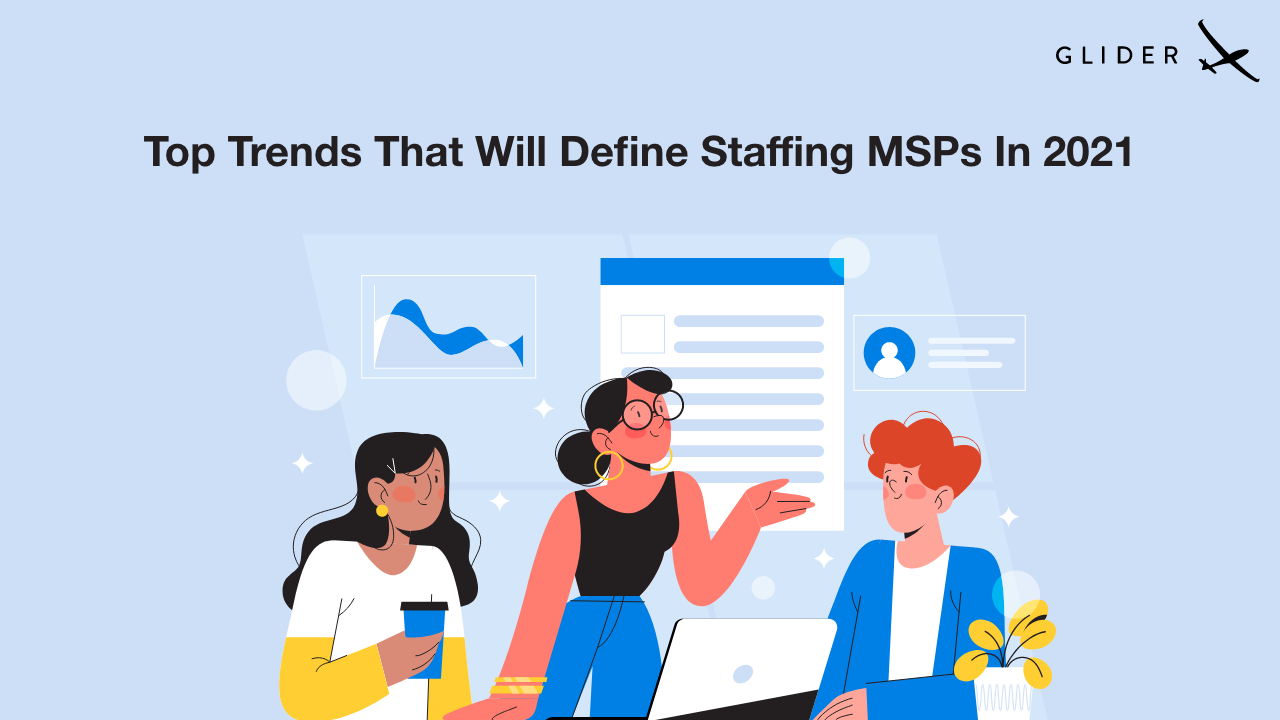
‘Interview‘- the face-to-face conversation between the candidate and the interviewer is the basic understanding that we have regarding interviews. But, traditional interviews are a thing of the past and paved a way for a new form of interview called the ‘one-way video interview‘.
The newest trend in the realm of interviews is the ‘one-way video interview’. This mode has given a new meaning to interviews and companies are going berserk over the application. An interview mode that does not require the candidate and the interviewer to sit face to face sure sounds innovative.
So, we are going to cover everything there is to know about what is a one-way video interviews and everything that comes with this ‘great power’.
A technology-enabled interview mode where the candidate answers the preset questions by the interviewer. A one-way video interview is done as a replacement for the phone-screening. It is done in the initial phase of the interview process.
The process is fast-paced and more productive compared to the traditional mode of the interview. One-way video interviews are very much convenient. The candidate can provide the answers through their smartphones, tablets, or laptops at any time.
The interviewer sets questions as required in text, audio-only, or video formats for the candidate to answer. The recruiter provides a link to the interview through an email to the candidate and the candidate can provide answers within the deadline. In this mode, the interviewer can invite a large number of candidates according to the preferred schedule. Once the candidate’s response gets recorded, it gets sent to the recruiter’s inbox without any hassle for the review.
A one-way video interview is generally carried out by recruiters in the following format:
Practice Interview: This is the testing phase where the candidate can experience a trial of the actual one-way interview. This phase is provided by most companies for the candidates to get accustomed to the interview and get a hold of how everything will go on.
The practice phase lets the candidate fix the equipment according to the needs of the interview. It gives the candidate a view of the real one-way interview.
Actual Interview: This is the phase where the interviewer posts the questions as per the requirements so that the candidate can answer them. Some companies let the candidates re-record the answers but it depends. Some questions may have a time limit while others may not. In most cases, the candidates get a 60-second window to provide the answer to a single question.
The candidate may review the response before advancing to the next question, but that feature depends on the recruiter to provide.
Well, the difference is a pretty basic one. Candidates record their answers according to the question in a one-way video interview for further evaluation by the recruiter whereas in a video interview, the recruiter interviews the candidate face-to-face through a video call.
The preference for any of these modes depends on the company and both have their pros and cons.
Why do employers use one-way video interviews? The answer is they come with a lot of perks. Let’s count them down.
Well, everything comes with the good and the bad. One-way video interview too has some cons related to it.
One-way video interview are better than traditional interviews. It has changed the stereotypical views regarding interviews. These interviews are more user-friendly and accountable compared to other forms of interviews.
The candidate gets the chance to show the best self which in turn lets the recruiters get the top talent.
Glider.ai provides tools that enable the recruiters to undertake a one-way video interview.



